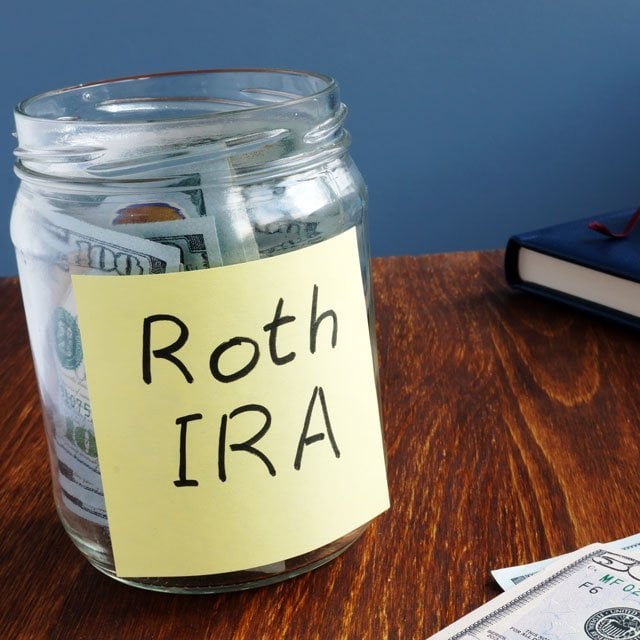For High Earners' Roth Catch-Up Contributions, the Stakes Are High

What You Need to Know
Such contributions are an important savings tool for those who can afford them, but their management is getting more complex.
Under Secure Act 2.0, those making more than the threshold will soon have to direct such contributions to Roth accounts.
A recent analysis shows relatively few workers are likely to be affected, but many employers will have to make changes.
The provision of the Secure 2.0 Act requiring people earning more than $145,000 in annual FICA wages to direct any retirement plan catch-up contributions to Roth-style accounts is likely to affect only a small percentage of the saver population. Nonetheless, the Roth requirement will be potentially disruptive for employers and highly compensated workers when it eventually kicks in.
This is according to an analysis published in March by the Employee Benefit Research Institute. The topline finding shows that, of all the participants ages 50 or older earning more than $145,000, only 21% made contributions of more than $19,500 to their retirement plan in 2021 — meaning they would have found themselves subject to the Roth requirement.
As EBRI’s report explains, these participants make up a small share of all participants, but roughly one-half of all plans would be affected by this Roth requirement. As of 2021, the catch-up contribution limit was $6,500, and with inflation, this has climbed to $7,500.
Although the dataset used to analyze the high-income Roth catch-up rule includes only public retirement plans run by schools, governments and other such institutions, the conclusions can be expected to hold in the private sector. In fact, the effects of the all-Roth catch-up requirement for high earners may be even more widespread in the private sector, given the historic (and widening) pay gap that has long existed between public and private work.
“While the percentage of public-sector participants affected by this mandatory provision is relatively low, the percentage of the public-sector plan sponsors in the database impacted is much higher at 55%, as these participants are dispersed across many plans,” the authors explain. “In other words, one in every two plan sponsors may be required to make plan administration changes as a result of this provision.”
Other Findings and Key Details
In addition to quantifying the number of people and employers potentially to be affected by this rule — which has been delayed until 2026 under IRS guidance — the EBRI researchers also looked at the retirement plan balances of this older, higher-earning group. The results show a wide spectrum of savings levels, suggesting a varying degree of commitment to workplace retirement savings among the group.
Specifically, among those older than 50 making more than $145,000 as of 2021, some 32% of workers had account balances of $200,000 or less. Another 25% carried balances between $200,000 and $400,000; 16% carried balances between $400,001 and $600,000; 11% carried balances between $600,001 and $800,000; 7% carried balances between $801,000 and $1 million; and 9% carried balances over $1 million.
Overall, EBRI’s data shows, some 57% of the participants had account balances of $400,000 or less, meaning they will likely have an incentive to direct money toward catch-up contributions in the years ahead — assuming they are able. Such savers, EBRI notes, may benefit from the substantial increase in catch-up contribution limits created by Secure 2.0 for people between ages 60 and 63, but they will also have to grapple with splitting their contributions across tax-deferred and pre-tax accounts.






